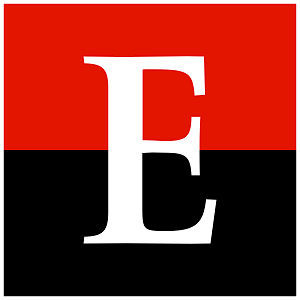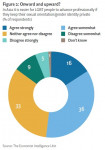Microfinance Microscope goes global, highlights country strategies
“Expanding the Microscope provides a unique window into the ways countries innovate in microfinance,” said Vanesa Sanchez, Research Manager for the Microscope at the Economist Intelligence Unit. “It considers industry practices and market development, and assesses formal legal frameworks. It should serve as a valuable tool for policy makers, industry practitioners, donors and investors alike.”
The index is based on evaluations of three thematic categories: 1) the legal and regulatory environment for microfinance; 2) the general investment climate, including business practices and standards among microfinance practitioners; and 3) the level of institutional development, as measured by competition levels, the quality of borrower information and the range of services available.
The study, and the evaluations that accompany it, show that governments use different strategies to recognise, integrate and develop microfinance as part of their financial sectors. As a result, the landscape for commercially sustainable, privately offered microfinance services varies markedly.
Key findings include:
· Latin American countries captured six of the top ten spots in the index, supported by active microfinance sectors and strong levels of institutional development.
· Some countries have adopted national microfinance strategies and specialised agencies to regulate the sector, while others rely on existing financial regulatory capacity and more general frameworks.
· Countries have innovated by incorporating regulations that specifically allow some microfinance institutions to take deposits from borrowers or the public.
· Nine countries in Latin America and the Caribbean registered net score increases from 2008; just as many recorded declines.
· No country has a perfect environment for microfinance. Peru, which scored 73.8 out of 100, fared best. The global average was 43.
· Countries must make greater efforts to increase the range of microfinance services offered, improve the quality and availability of borrower information, encourage competition and catalyse the professionalisation of the sector.
웹사이트: http://www.eiu.com
연락처
Joanne McKenna
+44 (0)20 7576 8188
이메일 보내기
이 보도자료는 Economist Intelligence Unit가(이) 작성해 뉴스와이어 서비스를 통해 배포한 뉴스입니다.




